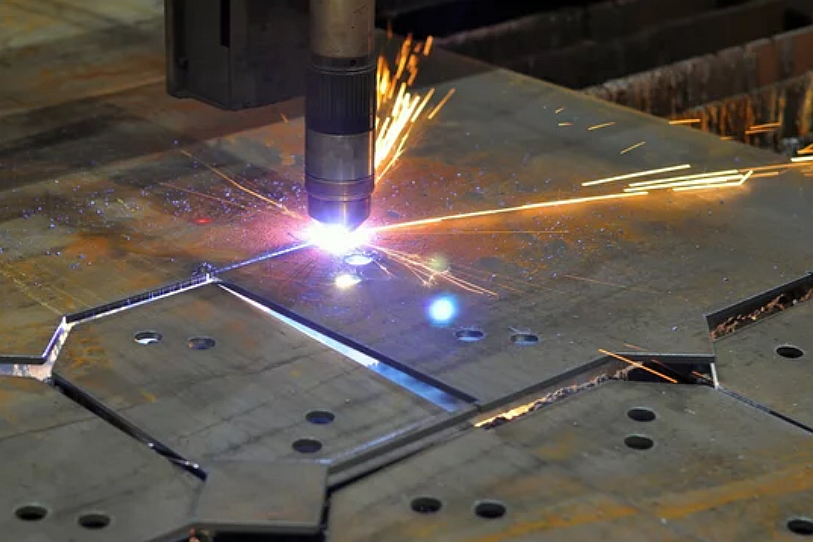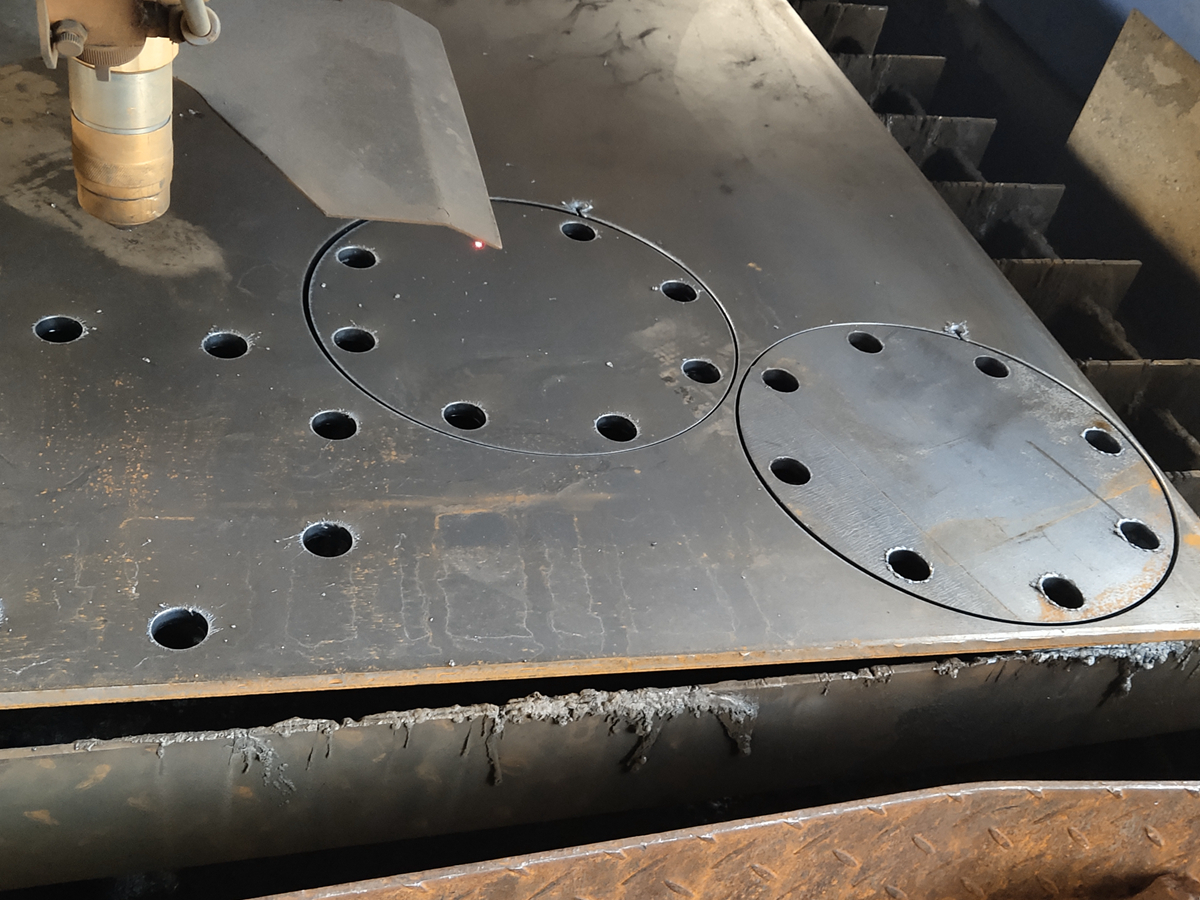How does plasma cutting technology achieve precision and reduce material waste?
Introduction
In modern manufacturing, precision and material efficiency are key to productivity and sustainability. Plasma cutting has evolved into a high-accuracy process through intelligent control, optimized gas flow, and integrated automation. By leveraging CNC-driven systems and digital process monitoring, industries such as aerospace, automotive, and energy achieve tighter tolerances, cleaner edges, and reduced scrap rates.
Intelligent Control and CNC Integration
Modern plasma cutting systems utilize computer numerical control (CNC) technology to precisely manage torch height, feed rate, and gas composition. These systems work seamlessly with CNC machining, prototyping, and sheet metal fabrication, ensuring accurate alignment and repeatability. Real-time sensors continuously adjust the arc based on surface irregularities, ensuring a consistent kerf width even on reflective cast aluminum or stainless steel surfaces.
Advanced Gas Flow and Torch Optimization
Precision in plasma cutting also depends on the controlled composition of the plasma gas. Mixtures of argon-hydrogen or nitrogen-oxygen enhance arc stability and improve cutting quality across various metals, including carbon steel, tool steel, and nickel-based alloys. Optimized nozzle geometry and cooling extend consumable life, reduce spatter, and minimize secondary finishing requirements, resulting in less material loss and smoother surfaces.
Smart Nesting and Digital Manufacturing
Modern CAD/CAM integration allows digital nesting—the process of arranging multiple part geometries within a single sheet to maximize material utilization. When combined with automated metal bending or prototyping, manufacturers can reduce offcuts by up to 20%. This not only decreases raw material consumption but also supports sustainable practices in large-scale sheet metal stamping operations.
Post-Cut Finishing and Surface Quality
Precision plasma cutting reduces the need for secondary machining; however, finishing processes still play a crucial role. Polishing removes micro-burrs, while powder coating adds corrosion protection. This integration of cutting and surface treatment streamlines production, improves part aesthetics, and eliminates unnecessary material rework.
Materials Optimization
The process accommodates a wide range of materials, including zinc alloys, copper alloys, magnesium alloys, and cast titanium. Each alloy benefits from parameter customization that minimizes thermal distortion and kerf loss. For high-performance materials, this precision reduces waste of expensive raw metals.
Industrial Applications
In aerospace, plasma systems produce complex structural parts with micron-level accuracy. Automotive manufacturers apply precision cutting to chassis frames and exhaust components, while energy plants utilize it for turbines and heavy-gauge pipelines that require tight dimensional control.



